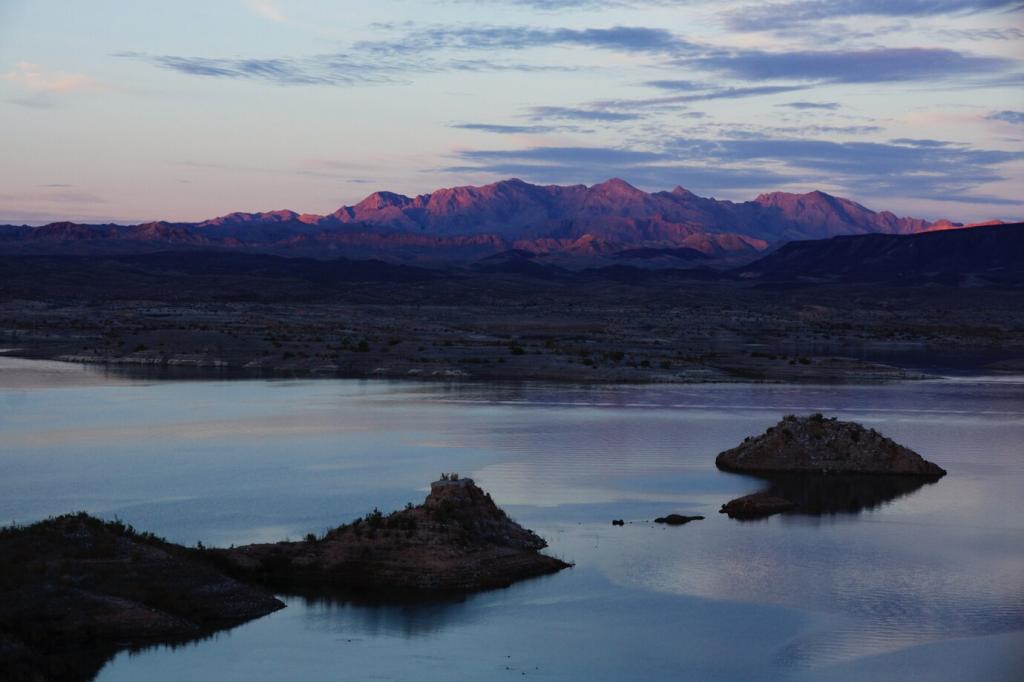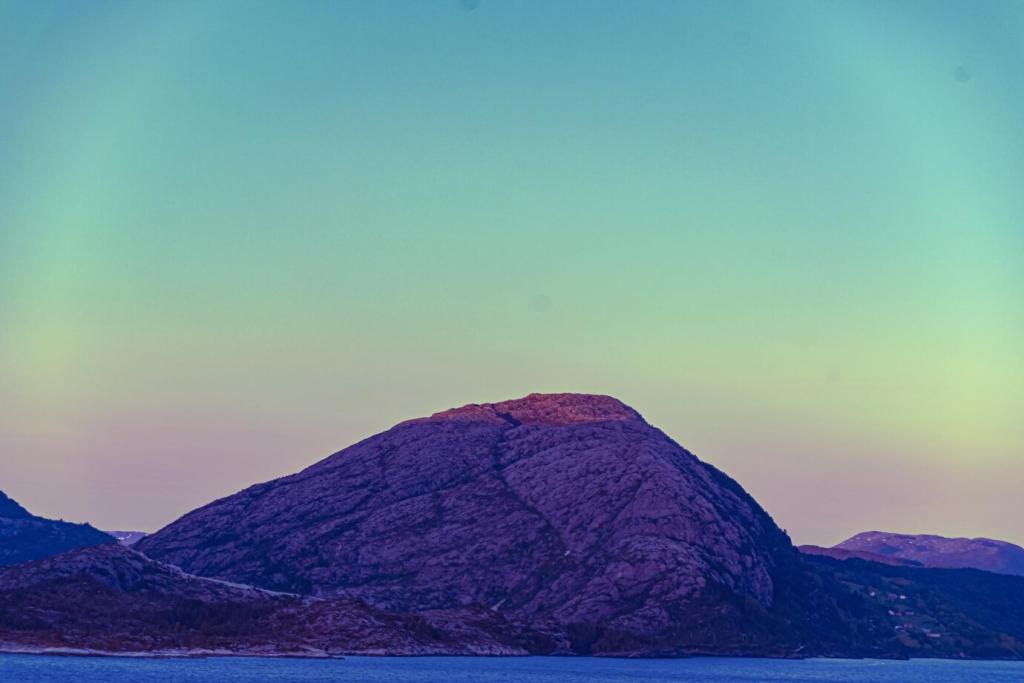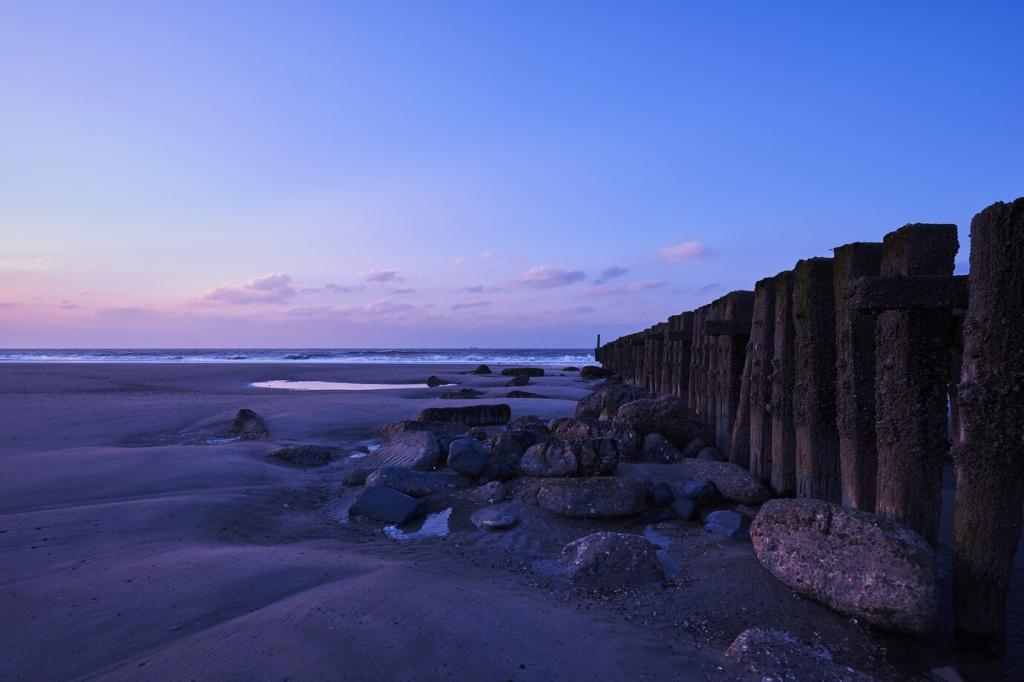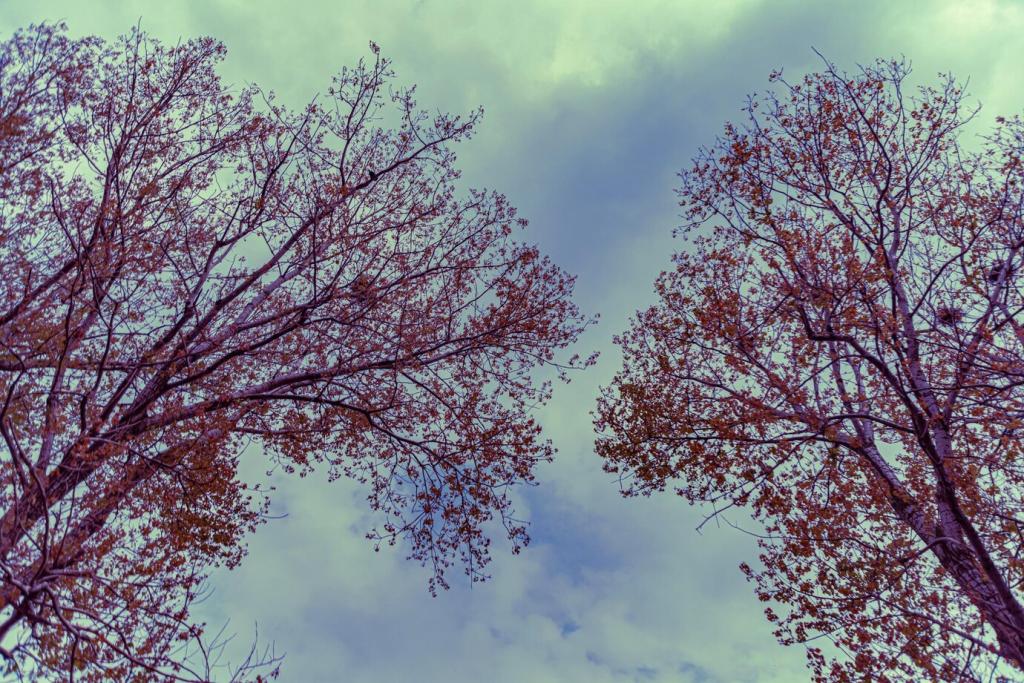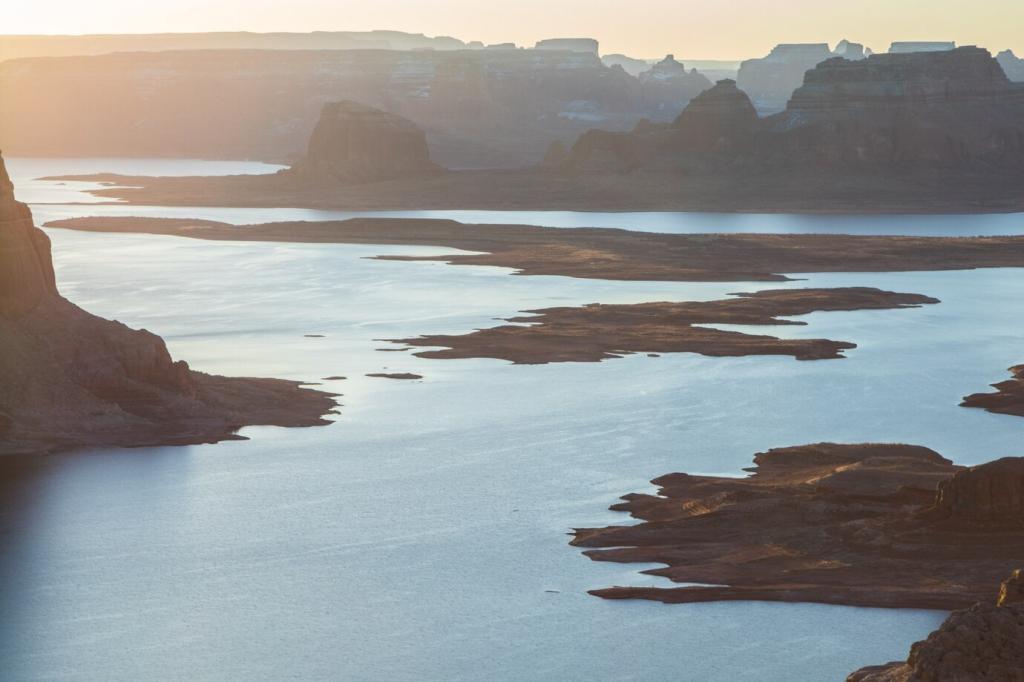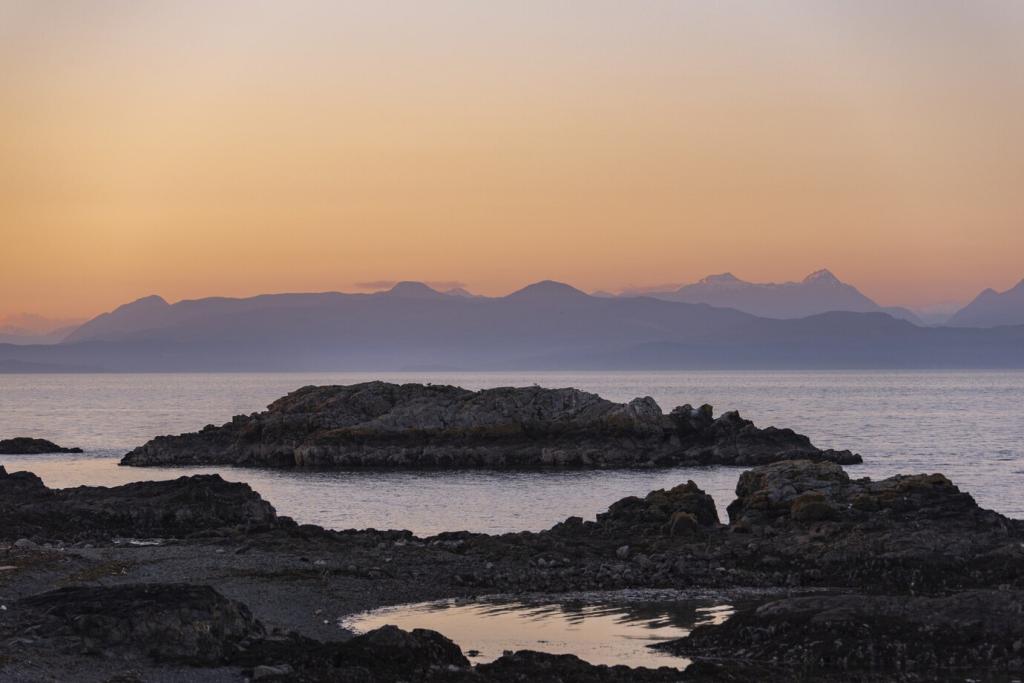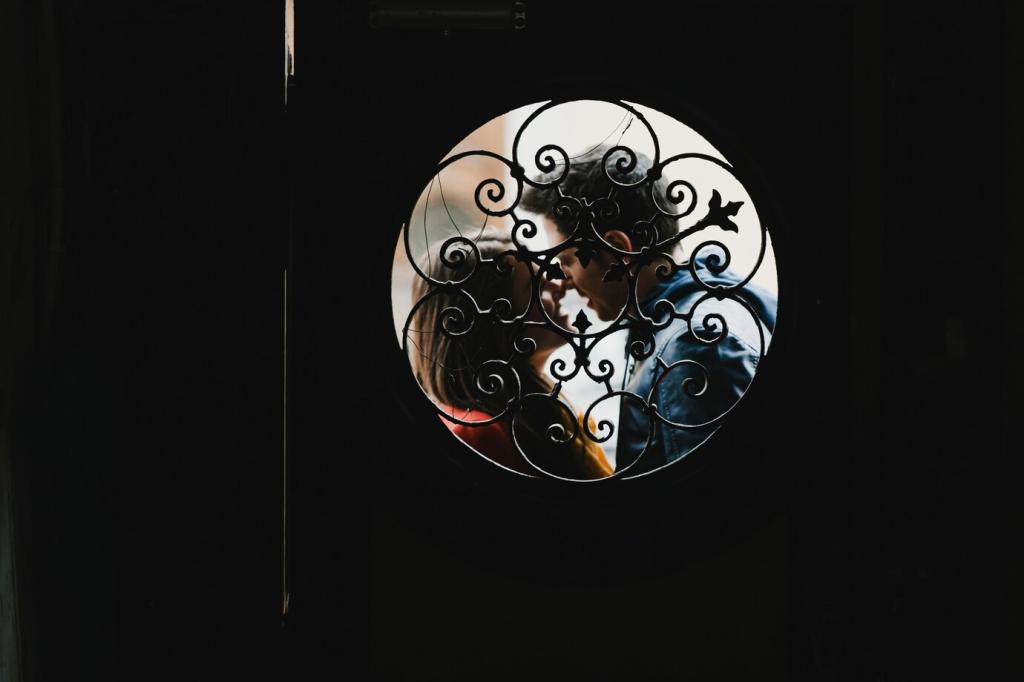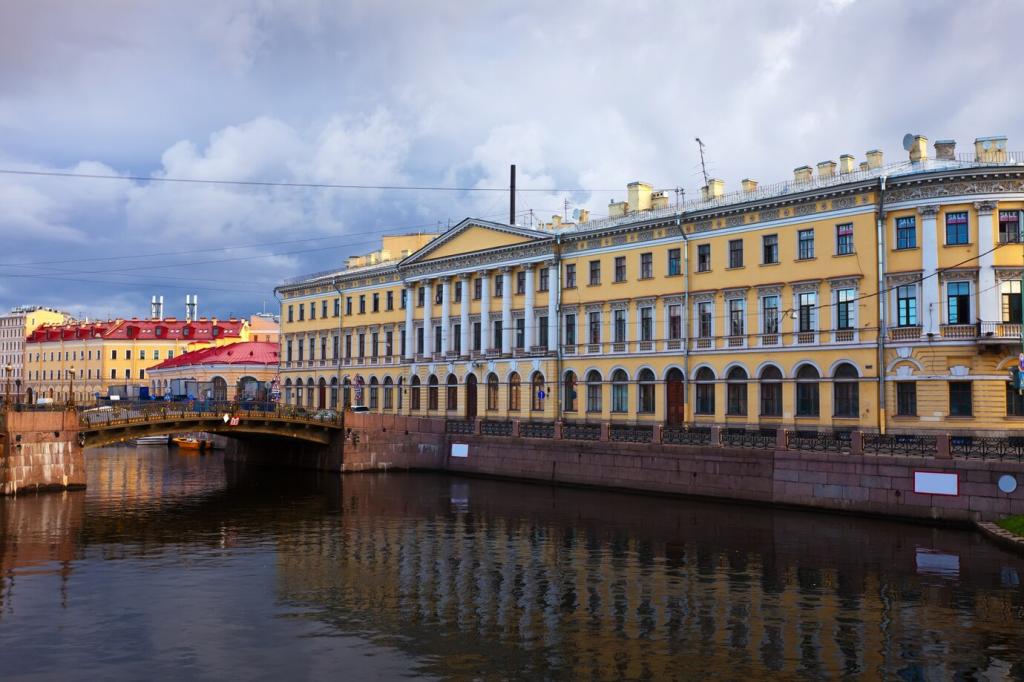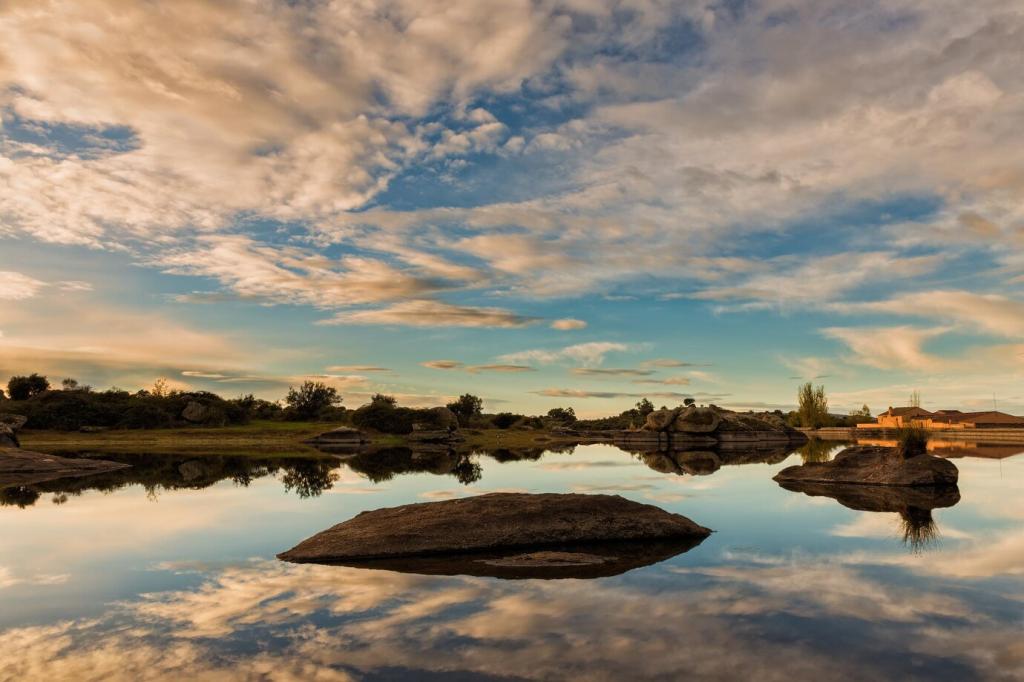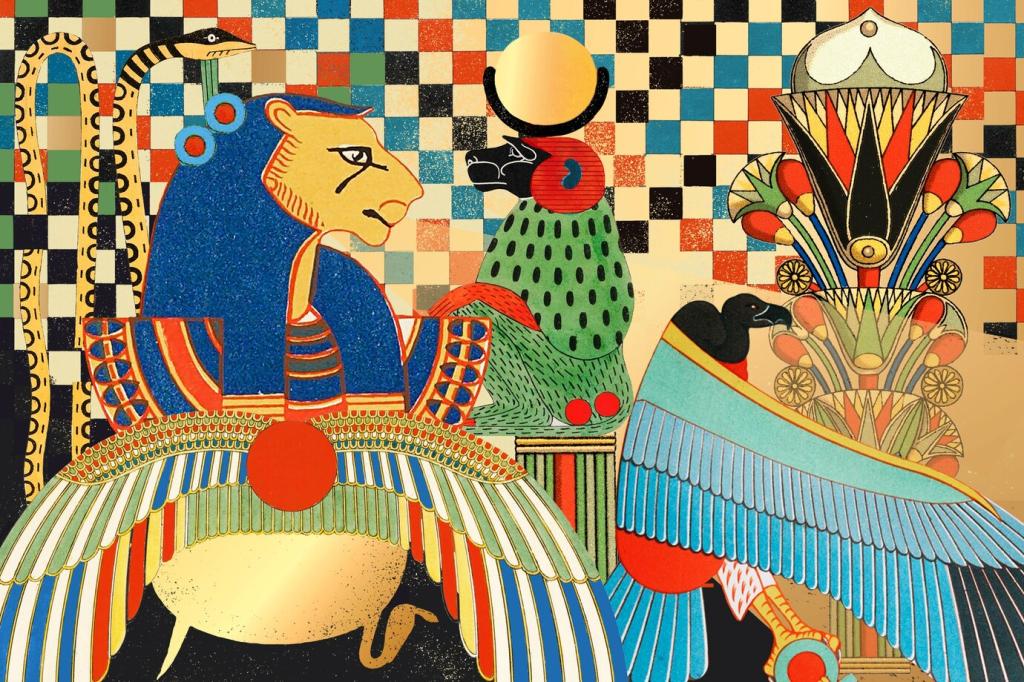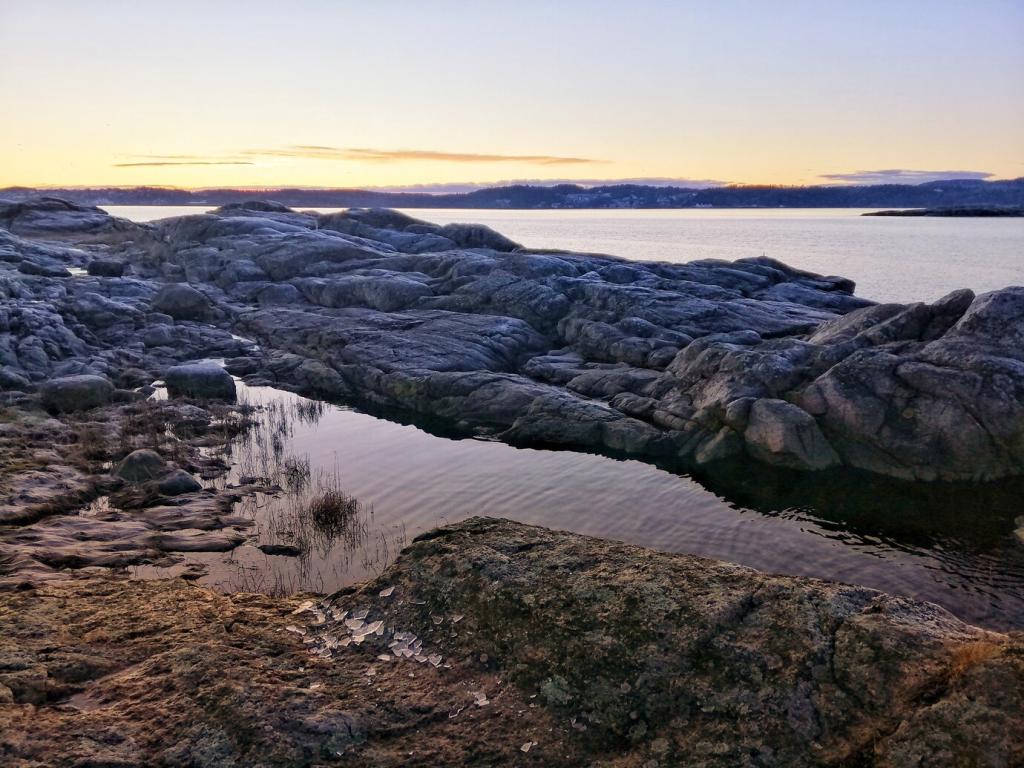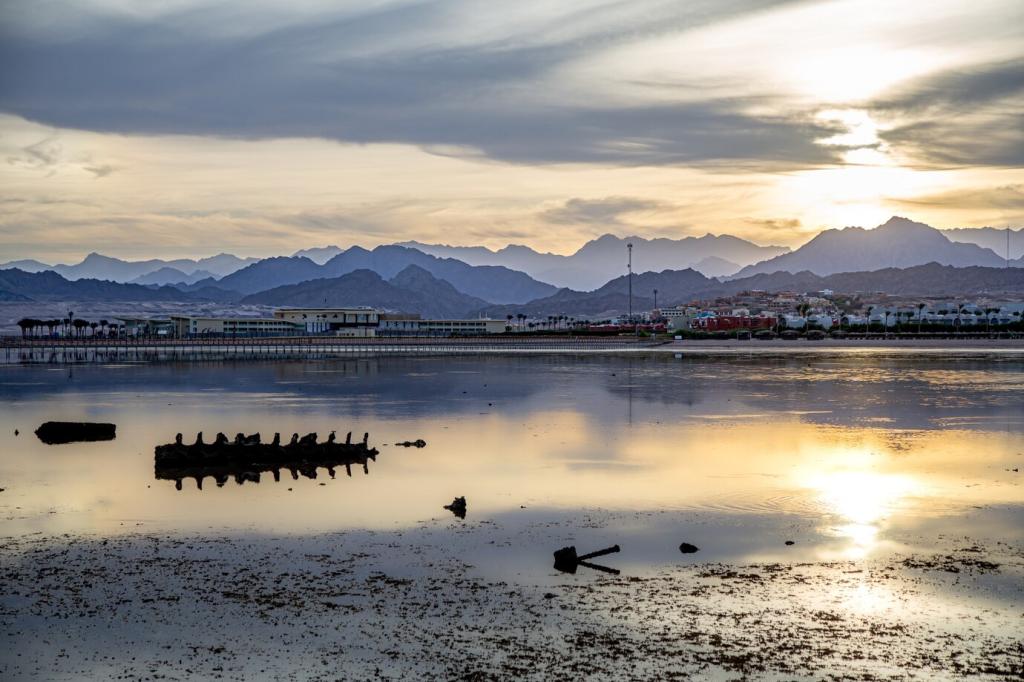Westward Awe: Bierstadt, Moran, and the Sublime
Albert Bierstadt unfurled the Sierra Nevada like velvet curtains, orchestrating clouds, waterfalls, and wildlife for maximum astonishment. His luminous effects made distant peaks feel lit from within. Tell us whether spectacle clarifies truth or creates a beautiful, persuasive myth.
Westward Awe: Bierstadt, Moran, and the Sublime
Thomas Moran’s paintings from the Hayden Survey helped persuade Congress that Yellowstone deserved protection. Art became evidence; color turned into policy. Which image has ever changed your mind about protecting a place? Share a link or a memory in the comments.

